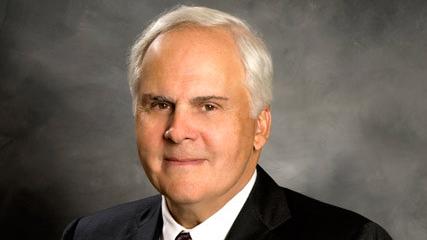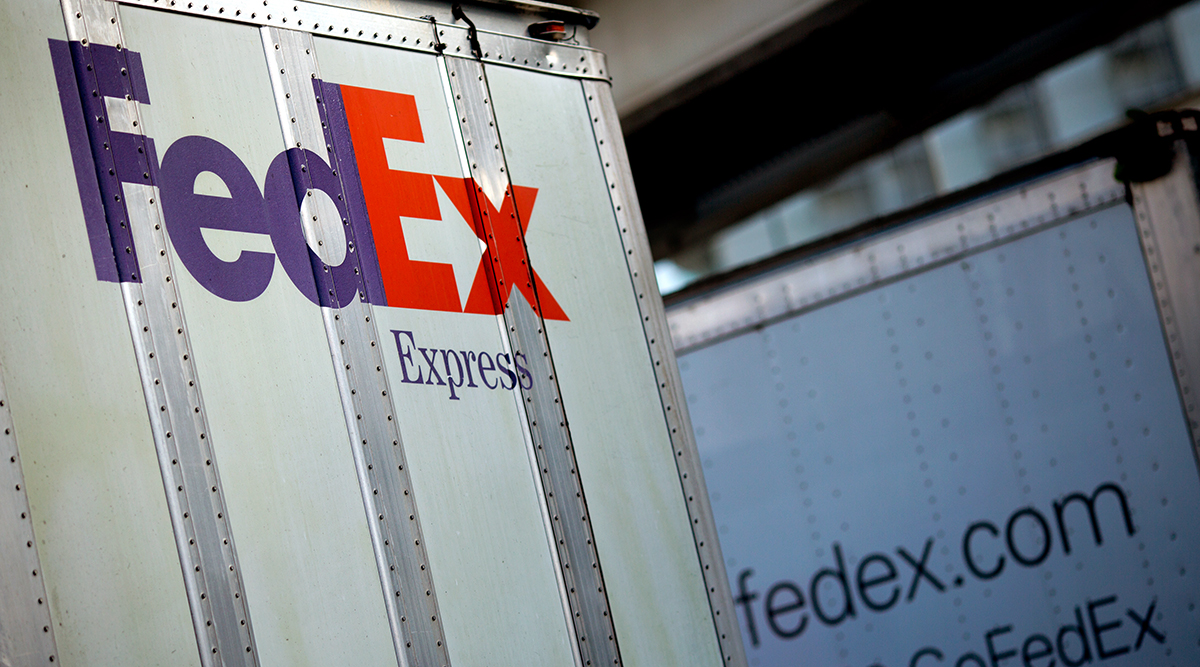Nurses in rural northern Michigan made history August 9-10 when we won labor’s biggest organizing victory since “right to work” took effect in the state in 2013. By a vote of 489–439, more than 1,000 RNs at Traverse City’s Munson Medical Center, the area’s largest employer, will be represented by the Michigan Nurses Association.
Munson nurses tried to organize years earlier, unsuccessfully. “I was involved in the effort to organize 15 years ago,” said critical care pool RN Dagmar Cunningham. “Since then benefits have decreased and the workload due to sicker patients has increased. Something had to change.”
This time around, we succeeded. How did we do it?
BEST PRACTICES
It started with one phone call. After years of frustration with mandatory overtime, cuts to benefits and incentives for professional development, poor communication among nurses, managers, and the administration, and problems with nurse recruitment and retention, RNs began asking ourselves whether the highest quality of care was being delivered to our patients at all times.
Wanting to advocate for both my patients and my profession, I made the first call to MNA’s organizing department, in September 2016.
“I want to be paid fairly, but forming a union is about more than money,” said orthopedic RN Mikki Popp. “I want what’s best for my patients. On my unit, we are continually pulled around the hospital as the ‘alternate pool’ but we are not trained or compensated as such.” (Pool nurses can be moved around to fill needs in many departments but should receive specialized training for each department they serve.)
Only seven nurses from critical care floors and the nursing pool attended our ng. But from the onset, we used “best practices” for organizing: build relationships; keep a 1:10 ratio of OC members to nurses; build a committee with new and experienced nurses from every shift and unit; organize around the concerns of the people you are talking to.
General meetings were held monthly. More than 100 nurses attended our fourth in January 2017. To maximize turnout, we held two meetings per night, before and after shift change. We also launched day-long drop-in sessions at a coffee shop, so that nurses who had yet to get involved could ask questions of active OC members.
TEXT TO ORGANIZE
We supplemented and supported face-to-face conversations with modern rapid-response tools. We created team-based chats within a texting application (GroupMe) chosen for its ability to text across platforms, add or drop members, and integrate with a cloud drive (Dropbox).
This allowed us to share documents and photos, as well as plan meetings and collective actions, all in real time from our smartphones.
For example, when we heard that managers were asking employees in captive-audience meetings about their union activity, we were ready.
A delegation of about 20 nurses organized via GroupMe. With a few hours’ notice, we dropped in on a “nursing open house” with the chief nursing officer (CNO). We asked management to sign on to our statement condemning illegal questioning of nurses about their union views.
Instead, the CNO sent an email to all nurses expressing her concern about the organizing campaign. Nurses who weren’t already aware of our effort suddenly were.
NEW BOOK
SECRETS OF A SUCCESSFUL ORGANIZER
A step-by-step guide to building power on the job.
Buy Now. »
We quickly printed the CNO’s email, marked it up by hand, and used group text messaging to redistribute photos of it with our editorial comments, pointing out common anti-union techniques. Going around the hospital with a traditional paper flyer might have slowed us down.
FACE TO FACE
But texting did not take the place of conversation. Each day at lunch we set up a table near the cafeteria entrance for more discussion face to face. (During the election, the table was a rallying point for nurses to come to before or after they voted.)
By this time management, counselled by a prominent anti-union firm out of Chicago, was sending out weekly emails against our drive. They set up a page on the hospital intranet filled with biased and misleading “facts.” Several managers were telling nurses they would lose flexibility, the union is a third party, and all the usual arguments.
Beginning in April, nurses were made to attend an information session on the collective bargaining process, run by an anti-union consultant. Management required nurses to leave our patients to attend these hour-long meetings off the floors.
On April 29, we began circulating union authorization cards. A few weeks later we held our first “blitz,” visiting nurses at home to talk about our union. We held a second blitz in June.
“Before the house call, I was passive in my support for a union. I really didn’t think it was going anywhere,” said Eleanor, a mental health nurse. “But hearing from Shannon Gillespie, a fellow nurse who was passionate enough to knock on my door, inspired me to sign my authorization card.”
STEPPED UP
Eleanor is a great example of how our union grew.
According to Eleanor, “Shortly after the house visit, pool RN Spencer Carey transferred in and asked me for training specific to our department. His enthusiasm for our union convinced me that this was actually going to happen.
“Mental health is a locked unit, so I made an effort to be ‘union visible’ in an area where other strong supporters might not have access. Morale was low. Maybe because we are isolated from the rest of the hospital, mental health nurses were more scared about unionizing.
“I wore an MNA badge holder, attended union meetings, and tried to keep my co-workers informed. Several nurses signed cards as a result of our conversations. I also became a regular staffing the cafeteria table.”
We won our union because nurses like Eleanor stepped up. But that victory is just the beginning.
Post-election, the cafeteria table is still a hub to distribute information and gather nurses’ priorities, as we develop a bargaining survey and democratically prepare to bargain our first contract.
James Walker, BSN, RN, CCRN, is a cardiothoracic critical care nurse at Munson Medical Center.








